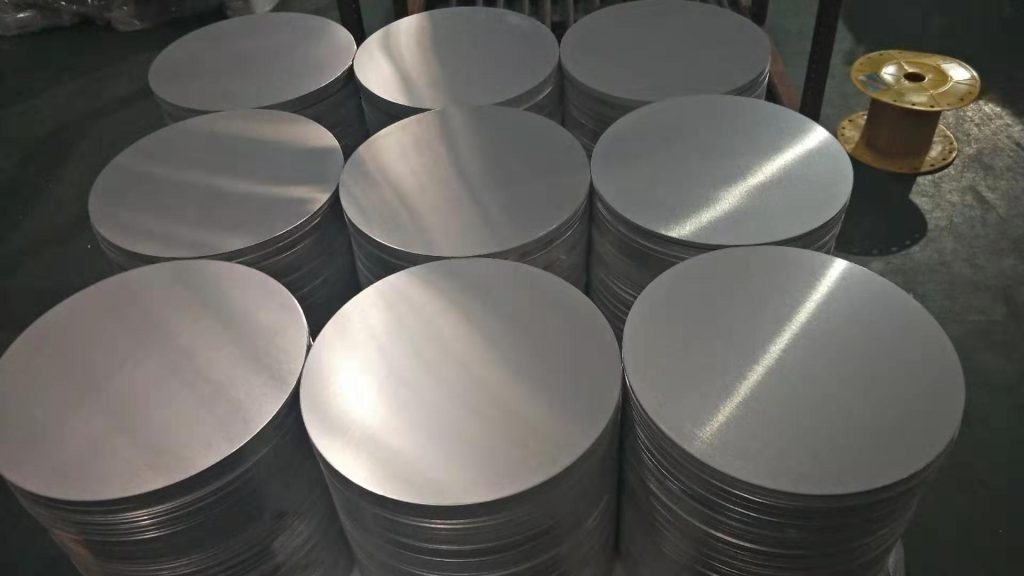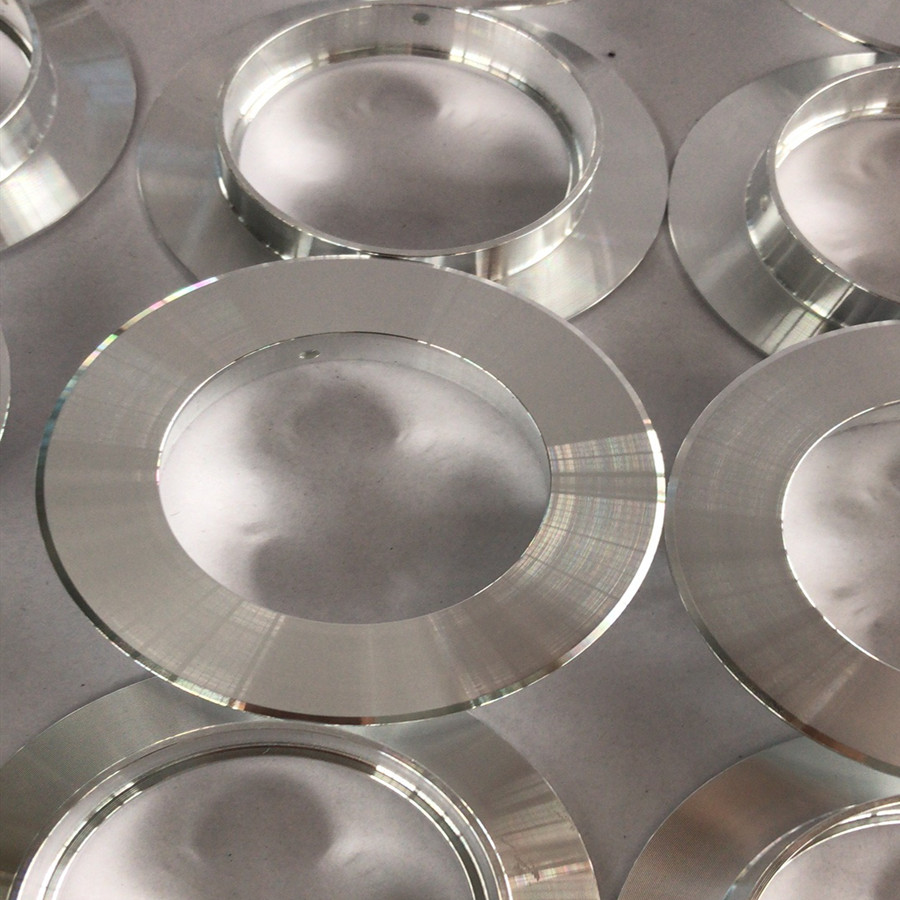Aluminum lampshades have become a popular choice in both residential and commercial lighting due to their modern aesthetic, lightweight nature, and excellent thermal conductivity. The stamping process plays a crucial role in the manufacturing of aluminum lampshades, enhancing production efficiency while ensuring high-quality products. This article will delve into the stamping process for aluminum lampshades, covering each step, its advantages, application cases, and important considerations to help readers understand this vital manufacturing process.
Material Preparation
The stamping process begins with selecting the right aluminum alloy. Commonly used alloys include:
– 1060 Aluminum Alloy: Known for its excellent conductivity and workability, suitable for various lampshade designs.
– 3003 Aluminum Alloy: Offers good ductility and corrosion resistance, ideal for outdoor lampshades.
– 5052 Aluminum Alloy: Higher strength, especially suitable for shades that need to withstand some force.
During the material preparation phase, aluminum sheets are usually supplied in coils or plates, cut to the required dimensions to lay the groundwork for the stamping process. Ensuring the materials meet quality standards, including thickness, weight, and surface finish, is a critical task at this stage.

Die Design and Manufacturing
The die is a crucial tool in the stamping process, determining the shape, size, and quality of the aluminum lampshade. Hence, the design and manufacturing of dies need to be given careful attention. This process generally includes:
– Initial Design: The design team creates preliminary designs based on product requirements, considering the desired shape, size, and stamping method. Material properties are also taken into account to ensure smooth forming during stamping.
– CAD Design: Detailed designs are created using Computer-Aided Design (CAD) software, calculating various die parameters. The accuracy of this phase directly affects production efficiency and product quality.
– Die Manufacturing: High-quality die steel is selected, and through precision machining and heat treatment, stamping dies are produced. These dies must be durable and resistant to wear and deformation to ensure long-term usability.
Stamping Production Process of Aluminum Lampshade
Stamping is the core manufacturing step for aluminum lampshades, typically involving the following major processes:
– Material Placement and Clamping: The aluminum sheet is positioned correctly on the stamping machine, and fixtures are used to hold it in place, preventing any movement during the stamping process.
– Punch Movement: The stamping machine is activated, and the punch moves quickly downwards, applying powerful pressure to shape the aluminum sheet according to the die. This process usually takes only a few seconds, making it highly efficient.
– Product Removal: After stamping, the die is opened, and the formed aluminum lampshade is removed. At this stage, the lampshade has taken on its basic shape and structure.

Post-Processing
After stamping, the aluminum lampshade may have burrs or defects, making post-processing essential. Common post-processing steps include:
– Deburring: Using grinders or manual methods to remove edge burrs, ensuring a smooth surface to avoid injuries or damages during subsequent use.
– Surface Treatment: The lampshade undergoes anodizing, painting, or coating to enhance its appearance and corrosion resistance. These treatments not only improve aesthetics but also extend the product’s lifespan.
– Assembly: The finished aluminum lampshade is assembled with electrical components, bases, and other parts to create a complete lighting product. This process requires ensuring all components fit tightly and are compatible.
Final Product Inspection
At the end of the production process, the aluminum lampshades must undergo rigorous quality inspection to ensure they meet design specifications and performance requirements. Key inspection criteria include:
– Dimensional Accuracy: Using specialized measuring tools to check whether the dimensions of the lampshade fall within the acceptable tolerance range.
– Surface Defects: Inspecting for scratches, dents, or other imperfections to ensure the product’s aesthetics and integrity.
– Strength Testing: Performing mechanical performance tests on the finished product to ensure the aluminum lampshade’s safety and durability during use.
Advantages of the Stamping Process
The stamping process for aluminum lampshades offers several benefits that make it a leading method in lamp manufacturing:
– High Efficiency: The rapid production speed is ideal for large-scale manufacturing, allowing for quick responsiveness to market demand.
– Precision: Well-designed dies ensure consistent product dimensions and high accuracy, enhancing user experience.
– Resource Savings: The stamping process minimizes material waste, improving overall resource utilization.
– Flexibility: Customizable production allows manufacturers to adapt quickly to diverse market requirements.
Application Cases
Various types of aluminum lampshades utilize the stamping process. For example, minimalist-designed aluminum lampshades are popular in modern residential lighting for their ability to effectively reflect light and complement various interior decor styles. In commercial lighting, durable and aesthetically pleasing aluminum shades are used in both indoor and outdoor settings, enhancing overall illumination.
Considerations
Several considerations should be noted during the stamping process for aluminum lampshades:
– Material Selection: Choosing the right aluminum alloy ensures that the lampshade’s appearance and strength meet usage requirements.
– Die Maintenance: Regular inspection and maintenance of dies are crucial to prevent wear and ensure stable production.
– Safety Operations: Adhering to safety protocols is vital to ensure the safety of operators and prevent accidents.
– Environmental Protection: Pay attention to waste disposal and pollution during the manufacturing process, promoting sustainable practices.
Schlussfolgerung
The stamping process for aluminum lampshades is an efficient, precise, and flexible manufacturing method that meets the growing demand for modern lighting products. From material selection to final product inspection, each step is essential in guaranteeing product quality. As technology continues to advance, the application prospects for stamping processes in aluminum lampshade manufacturing will expand, driving innovation and brightening our lives.


